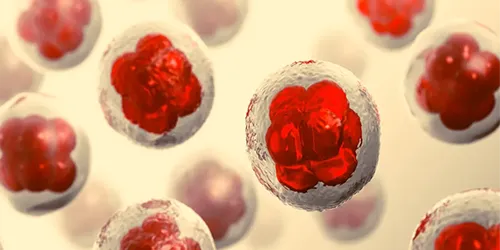Bioassays
We support your development through the evaluation of your products from digestion step to the metabolic and clinical outcomes.
Digestion studies

– In-vitro Infogest digestibility model for lipids, micronutrients, proteins and food matrices
– Characterization of the digestate composition
– Kinetics and rate of in-vitro digestion of lipids and proteins
– Study of the digestive contents in different parts of the digestive tract (intestinal stoma model in rodents).


Absorption & transport studies

– In-vitro intestinal Caco-2 cell model for lipids, micronutrients, proteins and food matrices
– In-vivo Lymph cannulation model in rodents (lipids, fat-soluble compounds)
– Pharmacokinetic study in pre-clinical models
– Metabolic cage (FAO model).
Metabolic and nutritional interventions

– In-vitro model of enteral metabolism (Caco-2) for lipids, micronutrients, proteins and food matrices
– In-vitro analysis of enzymatic activities of lipoprotein metabolism
Hepatic metabolism of lipid
– In-vivo nutritional interventions to study tissue accretion and metabolism of nutrients (pre-clinical and clinical model)
– Metabolite profiling
– Gut microbiome profiling


Biological activity

– In-vitro study of intestinal mucosa integrity and inflammation
– In-vitro study of lipoprotein oxidative status
– In-vivo preclinical studies in different conditions (development, adult or aging in rodents)
– In-vivo study of inflammatory status
– In-vivo study of oxidative status and oxidative stress
– In-vivo study of lipemia
Case Studies
- In Vitro study of the digestibility and intestinal absorption of lipids and proteins
- Thesis : Lipid-protein interaction from oilseeds: impact on their digestibility and interest in the prevention of sarcopenia associated with aging
